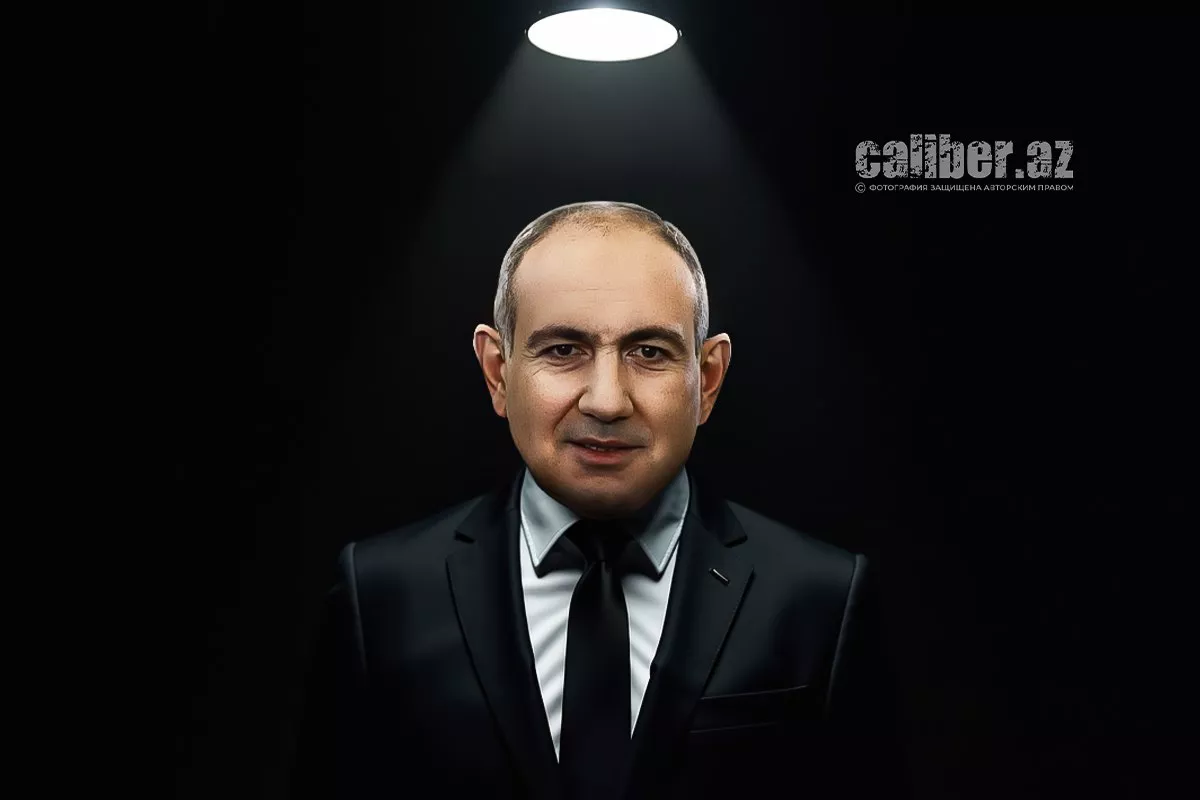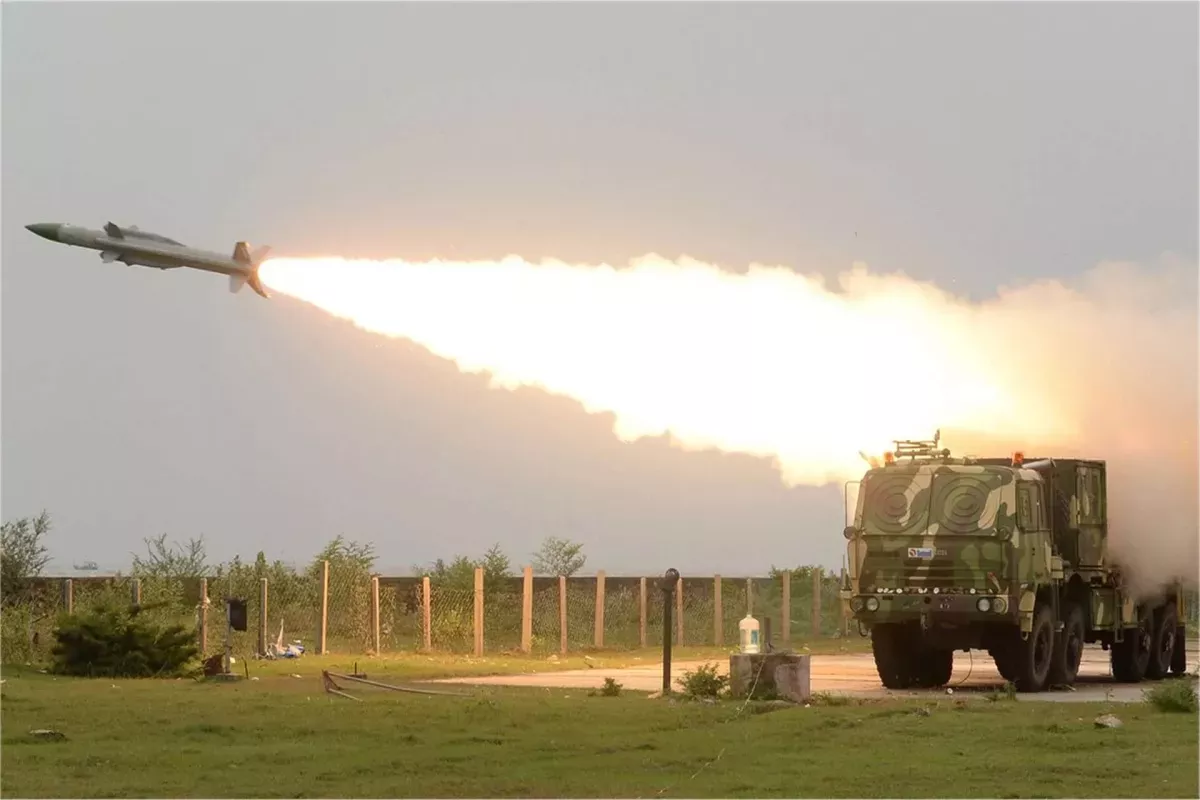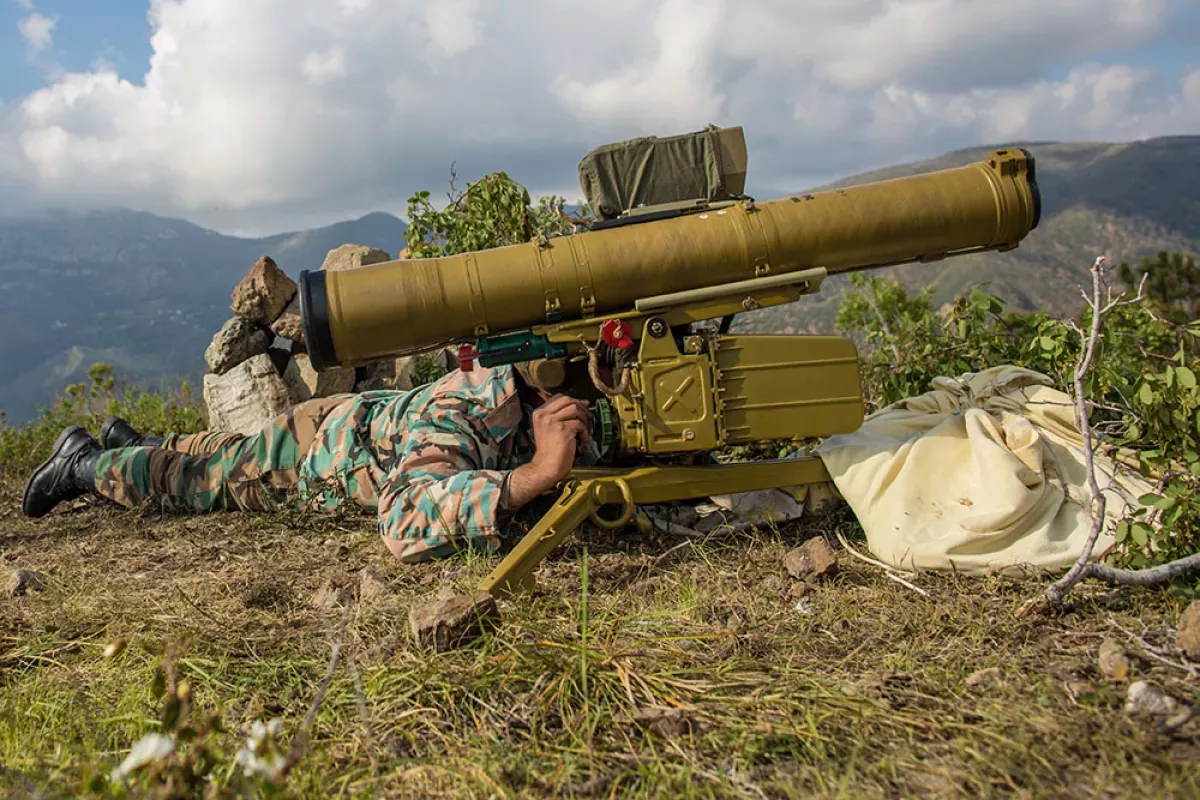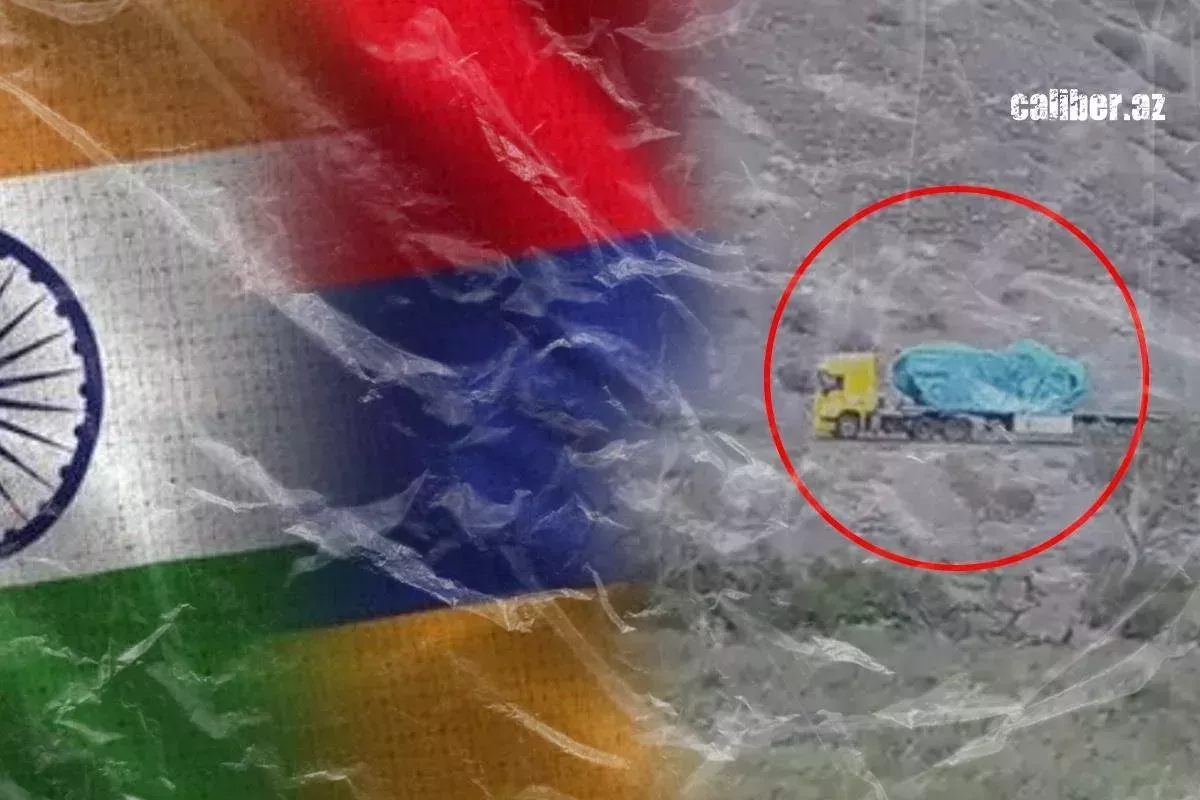Bollywood as Armenia's new hope Another adventure of Yerevan
Reuters agency published an article titled "India offers cheap loans for arms, targeting Russia's traditional customers," which reports that India is actively pushing Russia out of the arms market, undermining its long-standing position in supplying weapons to Armenia, which was previously part of the Soviet Union.
As Reuters highlights, one of the successful examples of India's activities in this area has been Armenia, where the first Indian military attaché was sent last year. According to data from the Stockholm International Peace Research Institute, 43% of the weapons imported by Armenia from 2022 to 2024 were produced in India, which marks a sharp contrast to the almost negligible share between 2016 and 2018.
This publication has attracted our attention for several reasons. First, we regularly hear one thing from the representatives of official Yerevan, while seeing something entirely different. In particular, the Prime Minister of Armenia and the country's Foreign Minister frequently propose speeding up the signing of an Armenian-Azerbaijani peace agreement. However, official Yerevan has taken no concrete steps to remove the main obstacles on this path. Yes, on April 16, Pashinyan expressed the opinion that the new Constitution of Armenia should not refer to the Declaration of Independence, which contains territorial claims against Azerbaijan. But once again, these were just words. And trusting the words of someone who, even after signing the trilateral ceasefire statement on November 10, 2020, continued to fund and arm the Karabakh separatists is the height of naivety.

And now, once again, we see that in unison with the words about peace, frequently echoed by the leaders of the neighbouring country, we observe an active process of its militarisation. As Reuters highlights, the bet is placed on India. Just recently, Armenia, a member of the Collective Security Treaty Organisation (CSTO) and a strategic ally of Russia, relied on Russian tanks, air defence systems, and artillery. Now, however, Indian missiles and artillery systems are filling Armenian arsenals. This choice is, in many ways, a forced one. Russia has directed all its efforts to the production of weapons and military equipment for its war with Ukraine. Against this backdrop, India is moving swiftly. Moreover, it demonstrates agility in everything, tailoring its approach to the specifics of the client.
As Reuters clarifies, according to two Indian officials and three sources in the industry, India provides long-term, affordable loans to clients whose political or credit risks might limit access to traditional financing. These loans, with low interest rates and long repayment terms, have been a lifeline for countries like Armenia, whose budgets cannot sustain the price tags of Western suppliers.
It is worth noting that in 2025, Armenia will spend approximately $1.7 billion on its military, which amounts to 6% of the country's GDP. This is the same country, I should add, that does not have a significant "safety cushion" in the form of a solid foreign exchange reserve. This, of course, deprives official Yerevan of manoeuvring opportunities when it comes to purchasing weapons from any country.

Moreover, in previous publications, we noted that back in February 2025, the Turkish newspaper Star reported that the first major contract worth around $2 billion was signed between Armenia and India in 2020. During the period from 2024 to 2025, Armenia committed to purchasing weapons from India—mainly artillery systems and air defence systems—worth an additional $600 million. Prior to this, Yerevan had already received Indian MArG 155 howitzers and signed a contract worth $250 million for the supply of Pinaka multiple rocket launch systems, anti-tank ammunition, and other types of weapons. In 2023, the Indian company Kalyani Strategic Systems Limited signed a contract worth $155.5 million to supply Armenia with 155mm artillery guns. In 2024, Armenia concluded a deal for the supply of Akash surface-to-air missile systems in an unspecified quantity and became the largest importer of products from India's defence industry.

There are also a couple of very important aspects to this entire story.
Firstly, New Delhi views the South Caucasus as a promising direction for its foreign policy, particularly in the context of the strengthening Azerbaijan–Türkiye tandem and the growing military cooperation between these two countries and Pakistan. Within this framework, Armenia is seen as a potential regional ally—albeit one with very limited capabilities.

Secondly, despite a rise in production ($14.8 billion in 2023–2024), India remains the world’s largest arms importer, heavily dependent on Russian (Su-30MKI, S-400), French, and American technologies. Its own developments—such as missiles and helicopters—still fall short in terms of reliability and innovation. It is also worth noting that Indian weapons systems, including rocket and artillery platforms, have not proven themselves in real combat conditions, unlike Israeli, Turkish, or Russian models, which were actively and effectively used by Azerbaijan during the recent war.
I would like to remind readers that Azerbaijan’s projected defence and national security expenditures for the coming year are already known. These figures are outlined in the draft state budget for 2026 and the following three years, based on the functional classification of spending. In 2026, Azerbaijan plans to allocate 8,110,642,200 manats to this sector, which amounts to nearly $4.8 billion at the current exchange rate.
As we can see, this reflects a nearly threefold advantage. Moreover, the number of countries willing to cooperate with Azerbaijan in the defence industry is steadily growing. Let me also emphasise that Azerbaijan is actively developing its own defence industry, producing and exporting a significant range of weapons and military equipment. Products of the Azerbaijani Ministry of Defence Industry are exported to more than 30 countries.
Armenia has nothing even remotely comparable. Meanwhile, Azerbaijan possesses a powerful economic safety net in the form of substantial foreign currency reserves. Therefore, all attempts by official Yerevan to rattle its sabres—having chosen India as its main arms supplier—are ultimately futile.
Armenia must understand: a new war with Azerbaijan would spell the collapse of Armenian statehood. Neither French weapons, nor—especially—Indian ones, will be able to save Yerevan from an inevitable defeat, the consequences of which would be final and irreversible.
Yerevan must internalise this fact: Azerbaijan has had, continues to have, and will always maintain overwhelming military superiority—both in terms of quantity and quality of modern weaponry.
Thus, it would be far more prudent for Nikol Pashinyan and his circle to focus on fulfilling the justified and objective demands of Azerbaijan, which continue to obstruct the signing of a peace agreement.








